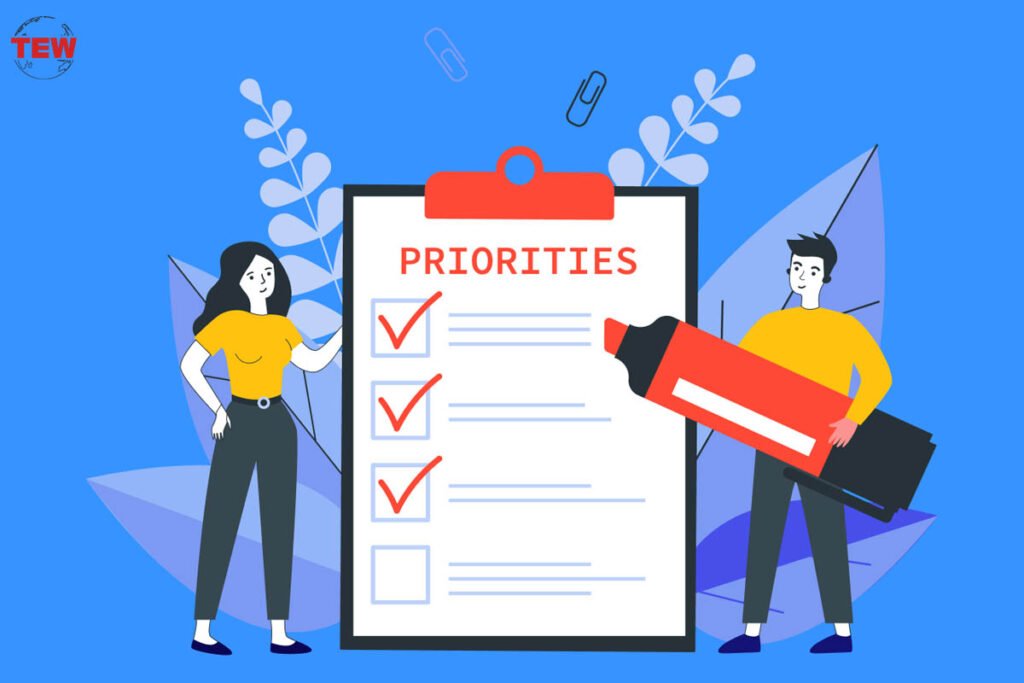Data migration from the old system to the new Successful and Secure EHR Migration system is essential for your practice’s Successful and Secure EHR Migration. Your clinicians will be unable to access medical health records, lab values, and other required tests unless existing patient data is properly input. Data migration that is done correctly lowers clinician frustration and increases user buy-in.
Since most of the information is already in electronic form, data migration is typically easier for practices to move data from one electronic system to a new EHR system.
Here are five tips for a Successful and Secure EHR Migration ;
1. Determine the parameters for creating a distinct goal-setting strategy.
You can start by selecting and hiring an IT staff member responsible for extracting data from the existing system and uploading it to the new EHR. This discovery process in Successful and Secure EHR Migration integration will provide you with a clear picture of how to deal with various issues, such as the data that needs to be converted to electronic medical records, the time required for Successful and Secure EHR Migration, how to access scanned images, and so on. Your team can concentrate on more significant tasks because Epic consulting services keep them motivated at work.

Full lifetime support is given for your EHR. They ease the burden of system support, provide long-term strategic initiative advice, and assist measures that require specialized knowledge or certified consultants. Their advice is intended to help you overcome staffing and financial limitations that prevent your business from promptly reacting to strategic initiatives.
2. Select your data with care.
Understand and select the statistics based on how long your practice has been in operation. You may have decades of data, but you only need to transform what is required. All parties must agree on the data that can and cannot be migrated and the workarounds required to deal with missing data and other EHR migration problems. Selecting important data and data conversion methods will save you time and money. Your priorities will determine the overall scope of the undertaking.
3. Data migration development and testing
Once the project scope has been finalized and the data is mapped for the new EHR system specifications, you can delegate responsibility to the new EHR vendor. IT employees from EHR vendors will begin developing the data conversion, and testing will commence.

Throughout the migration procedure, your EHR vendor must pay close attention to detail. It will require significant time and effort from both you and your EHR vendor. The time needed to migrate an EHR will vary depending on several variables, including the amount and quality of the data to be migrated.
4. Examine the data to guarantee its accuracy.
Following the selection and mapping of data for the new Successful and Secure EHR Migration system specifications, responsibility can be transferred to the new EHR vendor. EHR vendors’ IT staff should begin working on data conversion and a sequence of tests. The EHR vendor should pay close attention to details throughout the migration procedure.
The amount and quality of data to be migrated will influence the time needed to complete an EHR migration. While the migration is in progress, you and the vendor must evaluate and ensure the accuracy of the migrated data. Make sure that you and the vendors are happy with the Successful and Secure EHR Migration procedure and data quality.
5. Plan the data migration and prioritize the entries.
An EMR transfer involves moving from one EMR system to another. It enables better planning and goal-making and aids in identifying the data to be migrated and its quality. A Successful and Secure EHR Migration integration procedure will allow you to overcome data migration challenges alone.

Another approach is to prioritize entries to determine how far back the data should be migrated. Starting with the most recent files and working backward will ensure that the most current information is available in the EHR system. You can also designate someone to handle new information and review the new system.
Bottomline
The integration of EHRs would make it easier to manage data directly. Additionally, it would expedite the procedure and give patients higher-quality treatment. Making medical documents electronic would facilitate data integration, allowing for the centralization of all patient data. Feedback from different healthcare professionals can be gathered to improve patient care.
A patient’s ability to monitor their evaluations and reports is another advantage of an electronic health record. EHR has drawbacks, but proper preparation and strategies can overcome these drawbacks.




